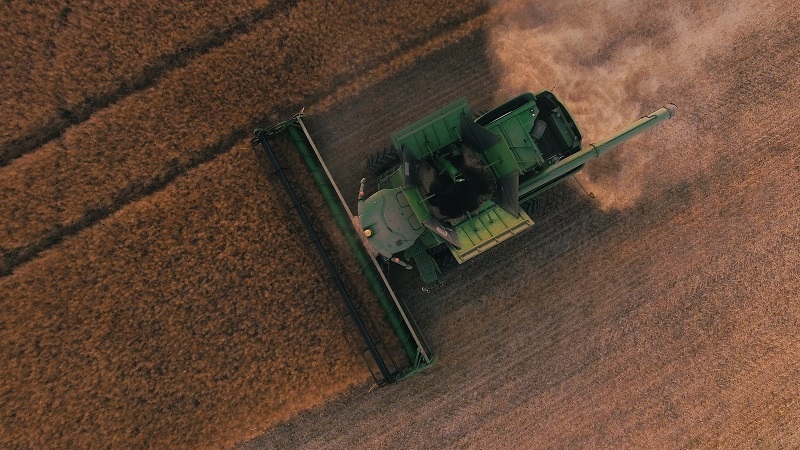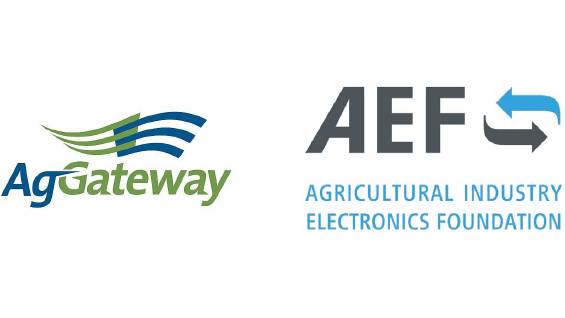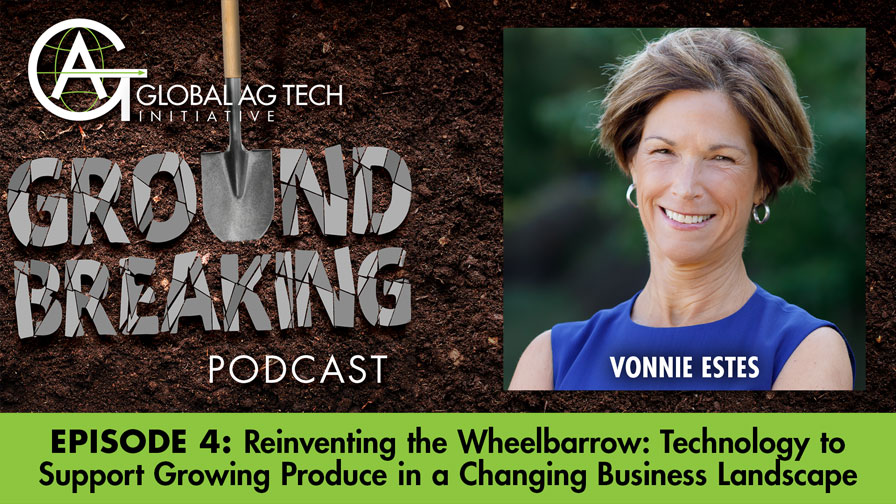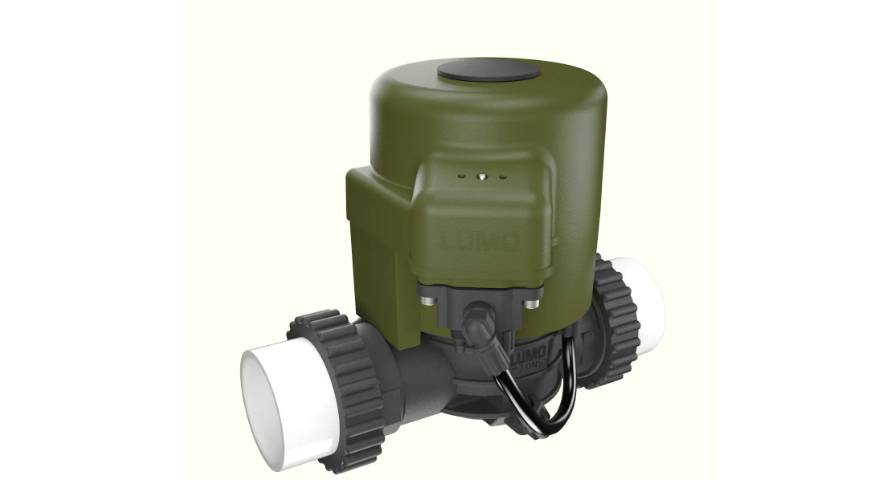The Rise of Real-Time Data

New precision technologies, techniques, and tools are shifting farmers’ agronomic expectations from year-over-year improvement toward an in-season, just-in-time approach.
By Karli Petrovic
For the majority of the agriculture industry’s storied history, farmers have focused on slow, methodical adjustments that improve marketable yield from one season to the next. This approach is rapidly becoming obsolete. With the adoption of sensors, weather stations, satellite imagery, drones, and other precision tools, today’s producers expect to be able to make decisive improvements in real time.
 Erich Eller, a long-time industry veteran and the owner of independent crop consulting business ForeFront Ag Solutions, has experienced the shift to a just-in-time agronomic approach firsthand. It’s his job to help customers use the latest technologies to improve production and the bottom line.
Erich Eller, a long-time industry veteran and the owner of independent crop consulting business ForeFront Ag Solutions, has experienced the shift to a just-in-time agronomic approach firsthand. It’s his job to help customers use the latest technologies to improve production and the bottom line.
“I started working in ag retail when ‘precision ag’ was just called ‘GPS,’” Eller says. “Nobody knew what it was back then. Now, there are multiple platforms that we can use to move data through cell signals and pretty much have instant information.”
MORE BY THE GLOBAL AG TECH ALLIANCE – NORTH AMERICA
MentorMate: Using Advanced Technologies to Create Digitally Transformed Human Experiences
The Transition to In-Season Gratification
A lot of what ForeFront Ag focuses on is making fertility recommendations based on what Eller calls “soil personalities.” The process begins with mapping the topography of the customer’s field and layering it with yield data to create production zones. The company then takes soil samples from the production zones and using nitrogen models, sets goals for different areas. Ultimately, everything from scouting to weather monitoring comes back to maximizing a production zone’s potential.
“We started calling them soil personalities because if you’ve ever taken a Myers-Briggs test, you know that everybody’s personality comes out just a little bit different,” Eller says. “Well, it’s the same with soil. We’re basically finding the strengths and the weaknesses of the soil, and figuring out how to manage the weaknesses while pushing the strengths.”
ForeFront Ag has been doing this work for the past seven years, but things are certainly moving a little faster than they used to. The company uses soil moisture probes, a network of weather stations, and smart insect traps to foster a just-in-time approach. These tools empower faster, more precise decisions because these days, no one has the patience for year-over-year improvements. Times have changed.
“Growing up, my generation would sit down with a big atlas book and plan out a road trip,” Eller says. “Now, you just say, ‘hey Siri, how do I get there?’ It’s that whole thing of instant gratification, and I think that’s moved into the agricultural space, too. We all want that instant gratification, and by doing some in-season management, we can save money, improve our ROI, and use things like satellite imagery to pull together the essential information that will give us that real-time gratification.”
In the fall, for example, Eller can access nearly instantaneous information from the combine as it’s being used. The information comes directly to his laptop, enabling him to start prescribing fertility recommendations right away. He can accomplish something similar at the beginning of the season during corn and soybean planting.
“If the weather has changed, we can actually reduce some of our prescriptions and send that information up to the cloud, so that a tractor sitting in the field can grab it within minutes,” Eller says. “If I have to take a thumb drive out of the tractor, I’m not even in the office. Now, I have to drive from the field where I’m working to the office. You don’t have that kind of time during the season. When we’re talking hours of downtime, we’re also talking about thousands of dollars.”
The Future of Just-in-Time Agriculture
As the industry continues to invest in the tools and technologies that deliver real-time information, everyone will reap the benefits of being able to make effective real-time decisions. This, however, requires a great deal of understanding. A failure to analyze and use the data will render it meaningless.
“One of the key components of a just-in-time approach is understanding what the sensors and smart devices in the field are telling us, so we can document what’s happening and ensure we’re making the right decision about how to address what we’re seeing,” Eller says. “In the spots where the plant health is declining, for instance, we need to be able to put eyes on that area. We need to be able to make precise applications and do whatever we need to in order to increase crop health.”
Things are already moving fast, but there’s a lot more potential coming down the pike. Increased adoption of the current technologies will lead to smarter, faster machines. Eller says patience will be key.
“Last year, we started working with drones that are using artificial intelligence to find crop disease and identify nutrient deficiencies; I was really impressed with what we were able to do,” he says, noting that he’s also particularly excited about how this information can be used with autonomous sprayers and tillage equipment.
“I’m already looking ahead and starting to work toward those goals today,” Eller says. “Patience isn’t my big thing, but I’m trying to do it patiently because those things will be coming out in the near future.”










